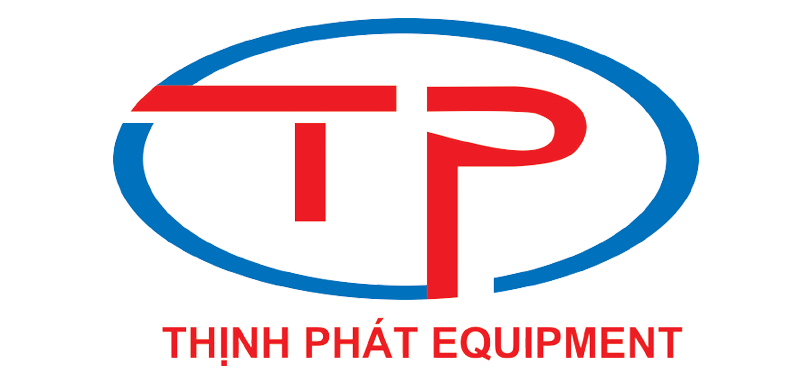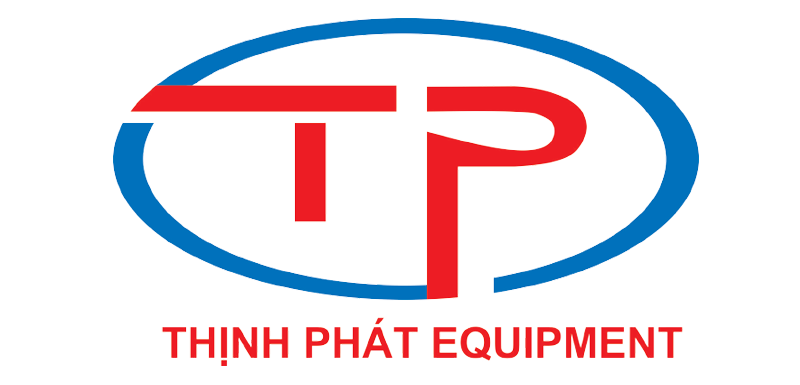EBITDA Vs Gross Profit: What’s The Difference?
EBITDA can be higher or lower than gross profit depending on a company’s operating expenses, depreciation, and amortization expenses. EBITDA does not take into account non-operating expenses such as interest, taxes, and depreciation. Gross profit, on the other hand, only accounts for the cost of goods sold and revenue.
Gross, operating, and net profit margins: Why they matter (and how to use them)
- Naturally, this figure excludes the iPhone’s fixed costs and development costs.
- It demonstrates the company’s capacity to generate sufficient earnings to support consistent dividend distributions.
- One of the most popular metrics in business is EBITDA, which stands for Earnings Before Interest Taxes Depreciation and Amortization.
- You are excluding financing and taxation differences from company to company.
- Case studies are powerful tools for understanding the real-world applications of EBITDA and gross profit.
- Next, investors will look at gross margin in combination with the EBITDA margin, which reveals additional information about the company’s business model and operations.
Gross profit can be found on the income statement and is crucial for determining the overall profitability of a company’s core activities. EBITDA stands for Earnings Before Interest, Taxes, Depreciation, and Amortization. It’s a metric used to evaluate a company’s operating performance without the impact of financial and accounting decisions.
Differences in Financial Insight
For an all-encompassing financial solution like Finotor, integrating these metrics into your financial analyses could streamline decision-making processes and enhance overall financial management. Gross profit is a key financial metric that represents the difference between a company’s net sales and the cost of goods sold (COGS). It reflects a company’s efficiency in producing or sourcing its products before other expenses are taken into account.
How are operating income and EBITDA different?
To explore how Finotor’s all-in-one financial management solution can help you track and analyze these metrics, visit our website. Gross Profit is a straightforward financial metric that provides insight into a company’s profitability from its core operations, excluding any indirect costs and operational expenses. It is derived from the revenues generated from the sale of goods or services, minus the cost of goods sold (COGS). By using both metrics in conjunction with other financial metrics and analysis tools, analysts can get a comprehensive view of a company’s financial health. This allows for more informed investment decisions and a better understanding of a company’s ability to generate profits from its core operations.
However, comparing revenue growth and profitability can tell most of what needs to be assessed. EBITDA may be a widely accepted performance indicator, but it is not the only measure. EBITDA can provide an incomplete picture without considering other aspects of earnings and cash flow that could even lead to dangerous consequences. Gross profit measures how effectively a company uses labor and materials to produce goods or services. A company with a positive EBITDA figure may be on the verge of bankruptcy.
Operating margin: Covering the costs of doing business
- The investors are not being offered any guaranteed or assured returns.
- Clearly, EBITDA does not take all of the aspects of business into account.
- This calculation is used to measure a company’s operational profitability because it takes into account only those expenses necessary to run the business on a day-to-day basis.
Earnings refer to operating profit; the name itself is self-explanatory; however, the emphasis here is on “before,” which denotes the exclusion of interest and income tax expenses. EBIT, then, is a measure of a company’s profitability based on its operating and non-operating incomes and expenses, less interest and tax payments. The choice between EBITDA and gross profit as a key performance indicator depends on the specific context of the business. For companies with significant capital expenditures, EBITDA might be more relevant. In contrast, businesses with minimal capital expenses may find gross profit to be a better measure of their operational success. Ultimately, both metrics should be used in conjunction to provide a comprehensive view of a company’s financial health.
In contrast, EBITDA provides a more nuanced view of operational performance, factoring in indirect costs and serving as a reliable indicator of cash flow. Earnings Before Interest and Taxes, or EBIT, is a key indicator of an organization’s or company’s operational effectiveness. It is a metric that determines a company’s profitability based on its core operations, without taking financial leverage or taxes into account.
The securities quoted in the article are exemplary and are not recommendatory. The investors should make such investigations as it deems necessary to arrive at an independent evaluation of use of the trading platforms mentioned herein. The trading avenues discussed, or views expressed may not be suitable for all investors.
Running a successful SaaS company is difficult, assessing its current success shouldn’t be as difficult. Comparing the revenue growth and profitability, can tell you most of what you need to assess the company’s current position. Keep in mind that in some countries such as Brazil, there are some specific sales taxes that hits the P&L statement. That happens because taxes are deducted directly from the revenue source, and because of that, instead of using Revenue, you should use Net Revenue (revenue after taxes). Now that we’ve explored the key differences between EBITDA vs gross profit, let’s take a look at when to use each metric. When running a successful SaaS company, it can be difficult to know where you stand.
Additionally, to explore the differences between EBITDA and Net Income, Cube Software’s comparison offers extensive insights. It is earnings before interest, taxes, depreciation, and amortization. In other words, the EBITDA calculation excludes debt financing costs, taxes and depreciation expense on equipment purchases. EBITDA is the figure that investors will look at initially to assess the overall operating profit of a company.
Two prominent indicators, gross profit and EBITDA (Earnings Before Interest, Taxes, Depreciation, and Amortization), provide valuable perspectives on a company’s earnings and overall financial health. While both metrics measure profitability, they differ in their calculation methods and the specific aspects of a business they evaluate. Understanding the differences between EBITDA and gross profit is crucial. In conclusion, Gross Profit and EBITDA are critical financial metrics, each serving distinct purposes for business analysis. Gross Profit offers a clear snapshot of a company’s efficiency in producing goods or services relative to its direct costs.
Meanwhile, those who monitor EBITDA can display a knack for managing capital expenditures and overheads. For instance, a tech company might streamline its software development process to boost Gross Profit, while a manufacturing firm may reduce its equipment expenses to improve EBITDA. These real-world examples ebitda vs gross profit demonstrate how businesses can apply these metrics to drive strategic decisions and financial health.
Gross profit is a company’s total revenue minus its cost of goods sold. For example, let’s say a company has total revenue of $100,000 in a year and it costs the company $70,000 to produce its products or services. Gross profit is used to calculate a company’s gross margin, which is the percentage of revenue that the company keeps after paying for its costs of goods sold. In our example, the gross margin would be 30% ($30,000 divided by $100,000). COGS includes direct costs like materials and labor but not indirect costs like rent or utilities. To calculate EBITDA, one must start with the company’s net income, then add back interest, taxes, depreciation, and amortization.
EBITDA can be used to compare different types of companies because it removes the impact that interest and depreciation have on a company’s profitability. The best way is for companies that run their own infrastructure, as they can use operating income and free cash flow instead of net income because of equipment purchases or debt financing. EBITDA is earnings before interest, taxes, depreciation, and amortization. All the line items excluded in the EBITDA calculation are included in net income. It is also referred to as net profit and is the last line on the P&L.
Operating income helps investors separate out the earnings for the company’s operating performance by excluding interest and taxes. When comparing ebitda vs gross profit, it is important to understand what each metric includes and excludes. Gross profit, on the other hand, only considers direct production costs.



